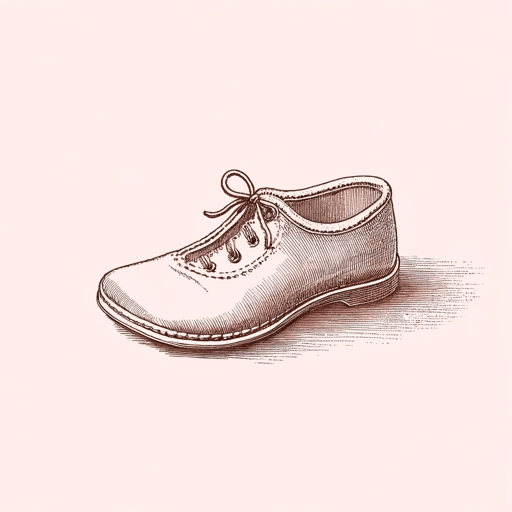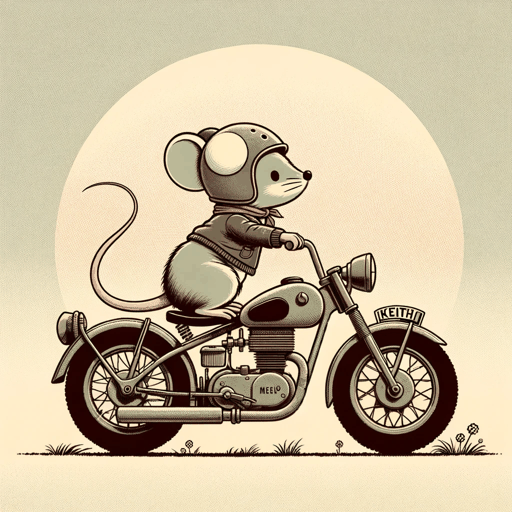47 pages • 1 hour read
Beverly ClearyDear Mr. Henshaw
Fiction | Novel | Middle Grade | Published in 1983A modern alternative to SparkNotes and CliffsNotes, SuperSummary offers high-quality Study Guides with detailed chapter summaries and analysis of major themes, characters, and more.
Background
Literary Context: The History of the Newberry Medal
Established in 1922 by the American Library Association, the Newberry Medal, along with the Caldecott Award, is one of the most prestigious and sought-after awards in children’s literature and is awarded each year to an “author of the most distinguished contribution to children’s literature published in America.” Named after John Newberry, an 18th-century British publisher known for writing some of the first works of children’s literature, the award was initially created to inspire authors to write more high-quality books for kids. Over time the award has come to signify a book that accurately represents a child’s experience in America and inspires young readers to broaden their understanding of the world. The first Newberry Award was given to the nonfiction work The Story of Mankind by Hendrik Willem, and early award winners were mostly works of historical fiction and adventure stories. By the 1950s, judges began recognizing works such as The Witch at Blackbird Pond by Elizabeth George Spears and Roll of Thunder Hear My Cry by Mildred Taylor, which addressed societal issues like racism. Through the 1960s and 1970s, works including Sounder by William H. Armstrong and Bridge to Terabithia by Katherine Paterson were recognized for their commitment to exploring complex themes and emotions.
Related Titles
By Beverly Cleary

Beezus and Ramona
Beverly Cleary

Henry and the Paper Route
Beverly Cleary

Henry Huggins
Beverly Cleary, Illustr. Tracy Dockray

Ralph S. Mouse
Beverly Cleary

Ramona
Beverly Cleary

Ramona and Her Mother
Beverly Cleary

Ramona Quimby Age 8
Beverly Cleary

Ramona the Brave
Beverly Cleary

Ramona the Pest
Beverly Cleary

Runaway Ralph
Beverly Cleary

The Mouse and the Motorcycle
Beverly Cleary

